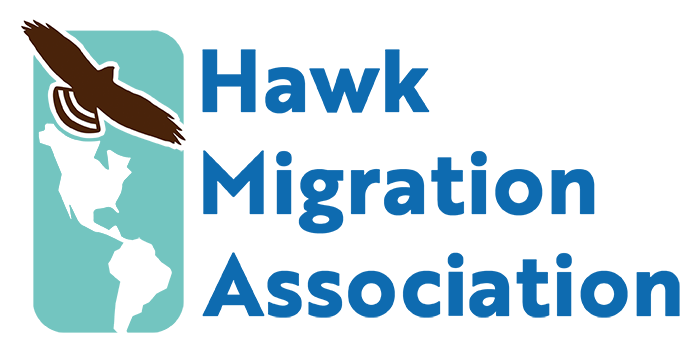By Leslie Ries and Jeff Pippen
Every year, millions of Monarch Butterflies fly south from their summer breeding range in eastern North America on a journey south to a small set of mountaintops in central Mexico where they spend the winter. Although many butterfly species take large migratory flights, Monarchs are one of the few species of butterflies known to undertake long-distance roundtrip migrations similar to birds. Unlike birds, they complete this journey over several generations, so the butterflies flying south are the grandchildren or great-grandchildren of the butterflies that departed Mexico the spring before. Monarch colonies on their overwintering grounds in Mexico have been declining since about the mid-1990s, and this population drop has been of grave concern to butterfly conservationists. Monarchs are now being considered for listing under the endangered species act. There is now a substantial push by the scientific community to understand the cause of their declines.
One of the biggest challenges to understanding Monarch declines is tracking their abundance patterns from year to year. Traditionally, Monarchs are censused in winter, where they are all congregating in one general area in central Mexico. However, because their populations grow and peak each summer, understanding their dynamics throughout their migratory range is increasingly essential but also very difficult! The Monarch research community has recently become very reliant on the citizen (or community science) volunteers to report Monarch sighting data throughout their range in North America for both eastern and western populations. (Western populations overwinter along the coast of California). We rely on a network of general butterfly- and Monarch-focused programs to report abundance, movement, development, and disease. However, these volunteers tend to want to go where the Monarchs are, so it is exceptionally high value to have observation stations that are not set up with Monarchs in mind. That is where HMANA has become a critical partner. We are so excited that the raptor monitoring community, which has been recording Monarch sightings for years, has partnered with the North American Butterfly Monitoring Network to formalize their data collection on Monarchs. This will allow us to do much more sophisticated analyses by accounting for effort, having effort data (time spent surveying and distance/area of surveys (stationary in the case of hawk watch sites) significantly improves our statistical analysis power.
Our first hawk watch data set from 2019 shows how we can track the shifting abundance of Monarchs as they move south in the fall (see graph below). We are also hoping to be able to look at more detailed factors, like the effect of prevailing winds, weather (including extreme weather like hurricanes), and climate shifts in the complex progression of Monarchs, and we will be able to examine differences from day to day to determine these effects. Your data will also help us answer some long-standing questions about migration, including whether mortality during the migration is responsible for the long-term decline of Monarchs. We are very excited to have started this partnership, and we look forward to working together into the future to learn about migratory dynamics for the Monarch.
If your hawk watch site is interested in being part of the Monarch Butterfly Monitoring Project at your spring or fall watch site, please email Julie Brown, and a data field will be added to your online data form. You can also learn more about the project at HMANA.



